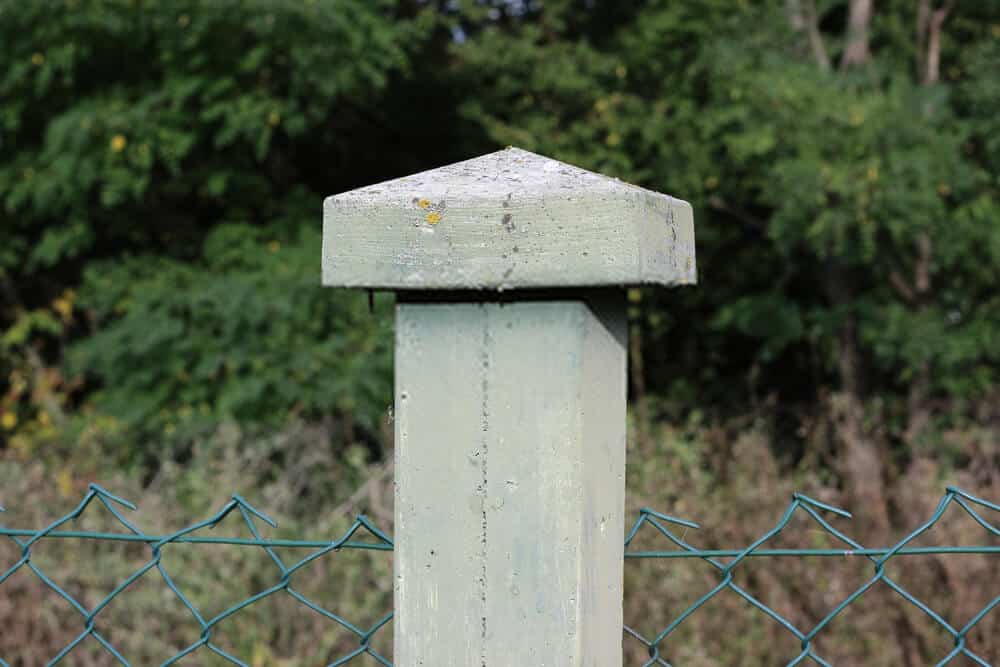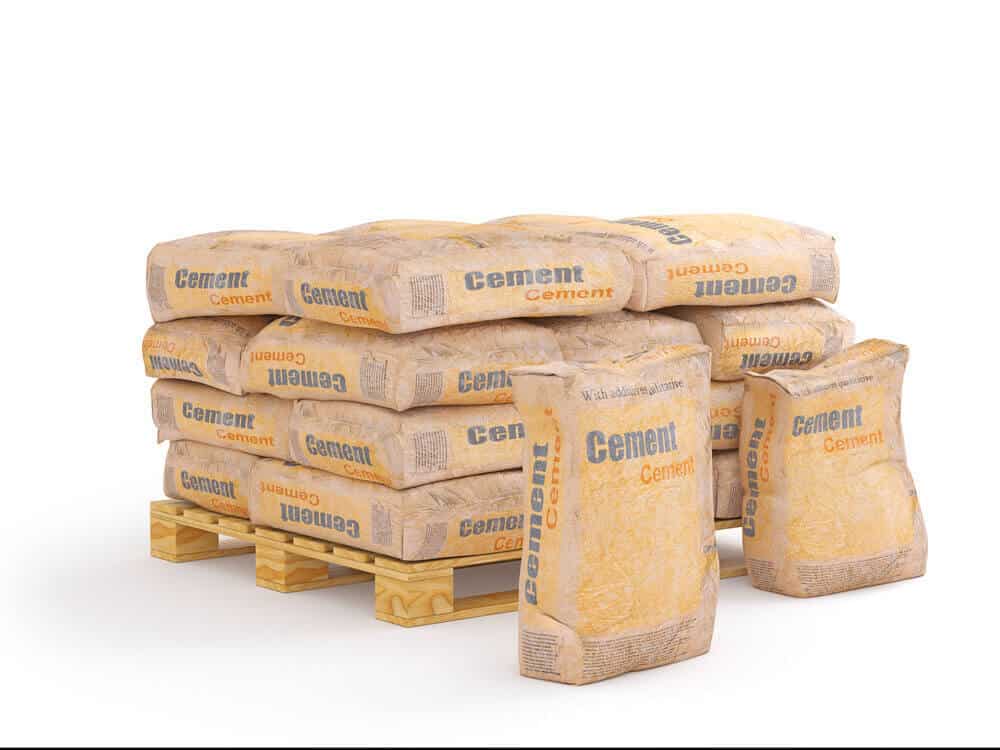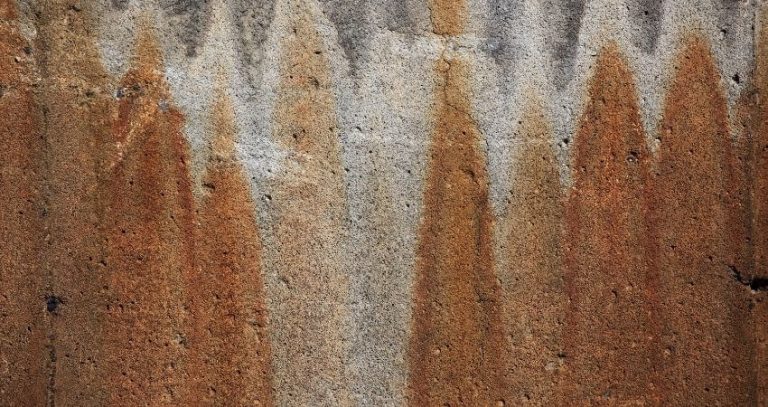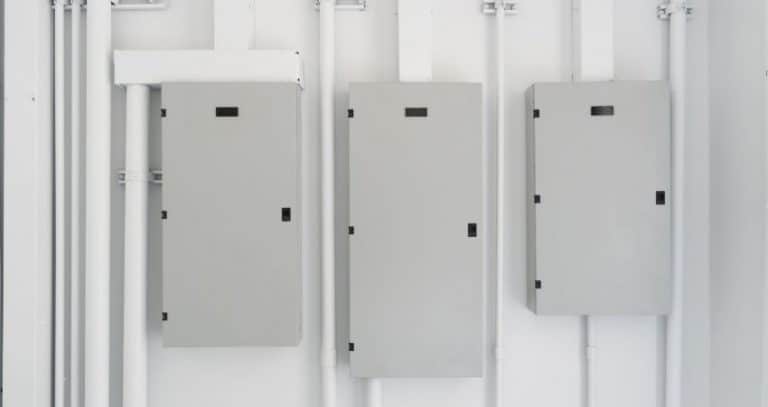How Many Bags of Concrete for a Fence Post?

Concrete fence posts area unit sturdy additionally as durable and appealing. Superior concrete posts survive while not significant decay with very little to no maintenance for forty years or additional. These also are used for ornamental yard fencing, perimeter, and farmstead entry fences.
The fencing opportunities area unit immense and supply plenty of creative and inventive potentialities. However, if the critical objectives area unit protection, longevity, and utility, the clear choice is chain link fencing.
Chain link fencing will last for many years once appropriately designed and is extraordinarily economical at trappings life and excluding intruders. Setting the posts during an affordable quantity of concrete so that they do not get wobbly with time is one trick to creating a chain-link fence last. It’s additionally vital to grasp what proportion of concrete is needed for effective budgeting once buying materials.
In this document, we tend to attempt to offer what percentage of baggage the fence post desires.
What is concrete?
Concrete may be a composite artefact that consists of asphalt, fine aggregates, and coarse aggregates combined with water and harden over time. Concrete is employed to look at foundations, columns, pillars, slabs, and alternative supporting elements in building construction.

Three main elements area unit created from concrete: water, mixture (rock, sand, or gravel), and cement from Portland. Cement, sometimes in powder type, acts once combined with water and aggregates as a binding agent.
What is a fence post?
A post that may be a vertical reinforcement for a fence is made of wood, metal, or sturdy alternative material. The fencing area unit’s horizontal parts or items mounted to the fence’s posts, that area unit mounted on the bottom at intervals, typically secured with concrete or gravel.

Required Tools for Fence Post
Every construction work wants a tool. There area unit some tools that you’ll get for doing this work. These products can attempt to ease your job. Like:
How Many Bags of Concrete for a Fence Post?
When setting a post, the final rule of thumb is that the depth of the post’s opening of the post has got to be 1/3 to 1/2 of the post’s total above-ground height. So, 3 feet into the sphere, six-foot-high fence posts ideally need to be buried.
Your post hole’s diameter ought to be exceptionally the diameter of your post.

So, your post hole would wish to be twelve inches in diameter if you will use a four-inch circular or 4×4-inch sq. post. We’d sort of a hole that’s thirty-six inches wide and twelve inches in diameter for a six-foot-high fence post.
Depending on the outside temperature, fast-setting concrete is typically hardened off in regarding twenty to an hour and is typically absolutely cured to start to add from four to 6 hours. Recognise that the safe window for the typical home-owner to pour concrete is once the air temperature is between fifty and ninety degrees Fahrenheit; however, you’ll pour concrete during a big selection of circumstances.
Whereas it’s on paper possible to pour in environments higher than such ranges, an inexpensive quantity of expertise is critical. Once conditions area unit moderate and the water is at a lukewarm temperature, the concrete can recover equally.
Calculating Concrete Bags Phase
Calculate the number of “terminal” posts that the fence construction would need. Corner posts, end posts, and gate posts are all called terminal posts, and because of the additional weight that they will help as the fencing is built, they will need more concrete. For each gate in the fence plan, measure two terminal posts.
To calculate the number of “line” posts that would be required, evaluate the length between terminal posts.

Line posts are smaller posts with a diameter that protect the fencing between the larger terminal posts and are spaced 10 feet apart at most. To measure the number of line posts, divide the interval between terminal posts by ten and round it up to the nearest integer.
For the terminal posts, measure the concrete required. Every hole must be 8 inches in diameter and 30 inches deep for the terminal posts, taking 0.85 cubic feet of concrete to fill. Multiply by 0.85 the number of terminal posts.
Calculate the concrete available for the posts on the line. Each hole must be 6 inches in diameter and 24 inches long for the line positions, taking 0.4 cubic feet of concrete to fill. Multiply the number of posts on the line by 0.4.
To find the sum required for the fence construction, add the amounts of concrete for the two types of posts. If there are 10 terminal posts and 35 line posts, for example: (10 x 0.85) + (35 x 0.4) = 8.5 + 14 = 22.5 cubic concrete feet.
Determine from the number of cubic feet the amount of bags of concrete mix required. 0.3 cubic feet is a 40-pound bag of concrete mix, 0.45 cubic feet are 60-pound bags, and 0.6 cubic feet are 80-pound bags.
Reinforcing
Bars or wire for reinforcement should be clean and free of oil or rust and scale. Wires are cut about 12 inches shorter than the post. It is placed within 6 inches of each end of the post to be extended. Reinforcement should extend to within 3 inches of the ends of the post for shorter electric fence posts.
How to make posts for concrete fence
- Phase 1
Using the circular saw to break the above wooden components list, still wearing those safety glasses. Measure each piece with the measurement of the tape and square a line for cutting.

- Phase 2
Position the piece on a flat surface of 12-inch by 96-inch plywood; this would be the structural form’s framework. By screwing all four corners with two of the one 1/4-inch screws at each end, assemble the 1-by-4s into a rectangular shape. Within the two longer 73 1/2-inch side shape boards, placed the 6-inch boards. The post form’s internal length should be 6 inches wide by 72 inches long and 3 3/4 inches thick.
- Phase 3
By measuring both sides from the edge of the plywood, concentrate the rectangular post shape on the piece of plywood. Equally spaced down the length of the 1-by-4 type lie three of the 2-by-4s. Connect the 2-by-4s, broad face down, with 2-inch long wood screws to the plywood. For keeping them in place, two screws per 2-by-4 would be more than sufficient.
- Phase 4
On the other side of the shape, connect the other three 2-by-4s. To keep the inside measurement of the post shape at 4 inches, use the tape measurement. It should be possible for the wooden concrete post type to pass easily in and out of the 2-by-4 side supports.
- Phase 5
Under the posting form, lay the 6-inch by 72-inch plastic piece and insert the shape between the 2-by-4 supports. According to the instructions on the container, mix the concrete and complete the post shape. Use a piece of scrap wood to level the concrete up to the top of the shape.
- Phase 6
Place the two sections of rebar into the post at an equivalent distance of 3 inches from each other. Enable for the overnight setting of the concrete.
- Phase 7
With the 1-by-4 facing forward, raise the post shape from the 2-by-4 supports and lay it on its side. Unscrew the four screws and loosen the wooden outline of the post. By laying it flat on a firm board, the post can always recover for a couple of days. Reassemble the shape of the wood, and you’re able to post another one.
Some Important FAQs
Please go through this question and answer part. These will assist you in understanding the topic above.
- For fence posts, is 2 feet wide enough?
For panel pieces, the minimum depth that you can dig the fence post holes is 2 feet. A general formula is to dig one-third through one of the aboveground heights of the post for the holes. The bigger the tunnels you dig, the more durability your fencing has, but you must buy longer posts as well.
- For fence posts, how much sand and cement do I need?
In terms of the combination to be used for concrete fence posts, a mix of 1:2:4:4 is the optimal mix (1 cement, two sand, four aggregate). To ensure that it is even, concrete is often better mixed with a cement mixer, but if you just need to mix a bit, hand mixing is good.
- For fence posts, can you use concrete?
Concrete, especially if you have sandy soil, is the most stable material for setting fence posts. It would guarantee ultimate preservation by using premixed concrete rather than dry concrete. While concrete is durable, it lacks gravel drainage and can absorb moisture, contributing eventually to mould.
- How many bags of concrete do I need for a 4×4 fence post?
In a mixing bowl or 5-gallon bucket, mix two 50lb bags of concrete with water. In the pit and around the 4″ x 4″ apply concrete. Let concrete be set up for 24 – 48 hours, depending on the environment.
- How can I sustain the level of my post as the concrete dries?
Cover the cavity with 1/2-inch of drainage gravel to a depth of 8 inches from ground level. For sharp corners, use rough-cut gravel. Better than smooth granite, it can keep the post.
- For a 10×20 slab, how many bags of concrete do I need?
77 60-pound bags or 60 80-pound bags will be needed for a 10 x 10 slab. That’s an additional eight 60-pound bags or six 80-pound bags if we add a further 10 per cent.
- How many feet apart do fence posts have to be?
Fence posts are usually located between six and eight feet apart. First, the corner posts are placed. Stretch a line from each corner post to act as your reference, to connect all the posts in between.
- Can you use dry concrete to set a post?
For setting posts, fast-setting concrete is suitable because you simply dump the dry concrete from the bag into the hole without mixing, then add water.
- How well does a concrete bag cover?
For every 20 pounds of the blend, 15 cubic feet, so a 40-pound bag yields. Thirty cubic feet yields 60 pounds of concrete mix. Forty-five cubic feet and yields an 80-pound bag. Sixty cubic miles.
Conclusion
Remember, it’s a good idea to call your local utilities to mark your underground wires and pipes whenever you’re planning on digging a deep hole in your yard. It can be extremely dangerous and even fatal to hit a gas line or buried power line while digging.
It would undoubtedly be more economical to build a metal shape or mould if several posts are cast. For toughness and ease of construction, the metal mould should be made of 16-gauge steel.
To avoid bonding the concrete to the wood, wooden polymers need an oil coating on the wood surface before casting the posts. The type can be coated with epoxy paint for a slick finish.

I’m a concrete contractor by trade and have been working in the industry for over 25 years now. I’ve seen (and done) it all when it comes to concrete, and I love sharing my knowledge and experiences with others who are interested in learning more about this amazing material. In my spare time, I enjoy spending time with my family, fishing, and watching NASCAR races.






